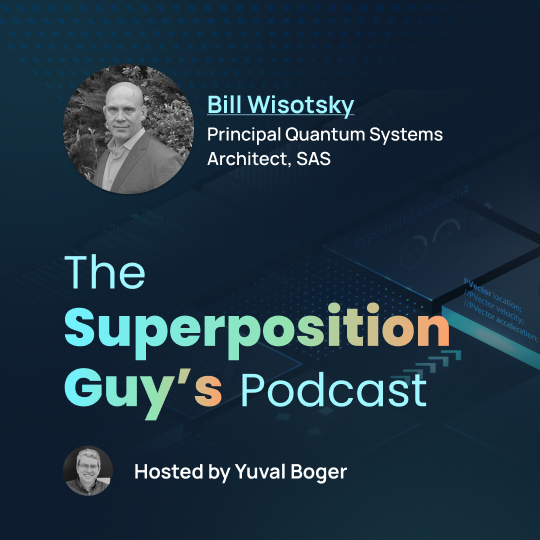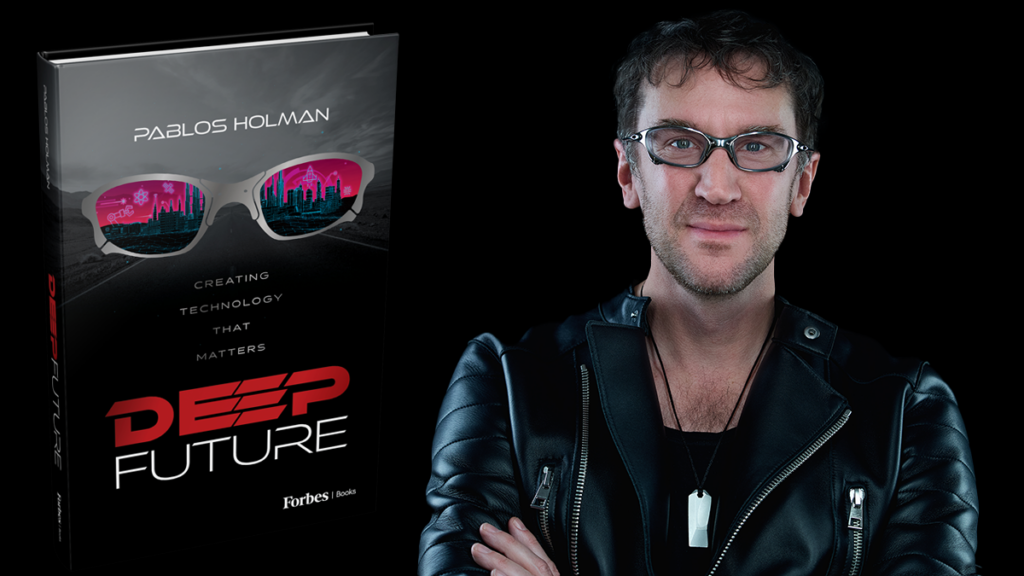For most people, corrosion is simply a natural wear and tear process. However, for aerospace giants like The Boeing Company, it’s a costly challenge. Corrosion damages metals across various industries, leading to massive expenses annually. Researchers from Boeing and IBM Quantum recently collaborated, publishing a paper in Nature’s npj Quantum Information, to harness quantum computing in studying these chemical reactions. Their aim is to eventually create corrosion-resistant materials. They’ve devised techniques to simulate a key corrosion step accurately and also developed an efficient method to simplify quantum circuits.
Recently, Nam Nguyen from Boeing Research & Technology, Kristen Williams of Boeing’s applied math group and Mario Motta, a senior research scientist at IBM Research, were interviewed. Available on the IBM research blog, shed light on their joint efforts, research outcomes, and the importance of quantum computing for computational chemists.
Responses have been edited for clarity and length.
What was the motivation behind this new research?
Nguyen: This paper is about solving some important aerospace problems with quantum computers, specifically corrosion. Corrosion is a very important problem in the aerospace industry that impacts our business heavily.

Williams: Corrosion happens in the presence of a corrosive electrolyte. And for the aerospace industry, that is predominantly thin films that form on the surface of vehicles whenever they are operating in a humid environment. Anywhere you have high humidity, or instances of the humidity cycling between dry and wet conditions, you can form those films on the surfaces. And if the surface is unprotected, that can kick off corrosion.
Motta: Whether you’re talking about an aircraft, the hull of a ship or something else — sooner or later it’s going to be degraded by the interaction with the environment, and you won’t be able to use it anymore. So, the goal is for scientists to do calculations to characterize corrosion in existing materials, and eventually to propose a new material that is more resilient to corrosion than what we have today. But the first step is to understand what is happening in the existing materials.
What did you set out to learn in your simulation experiments?
Williams: Our aim was to develop a very precise description and understanding of the kinetic rates of the reactions that drive corrosion. So we’re really zooming in to the microscopic level, and looking fundamentally at how these water films react on the metal surface after they form. Our intent is to be able to model and understand those reactions very precisely with the quantum computer.
Motta: We wanted to take a step of the corrosion reaction — in this case, the splitting of a water molecule on a magnesium surface — and investigate whether it could be effectively simulated with quantum computers. This process, which we call water reduction, is the initiator of a chain of corrosion reactions, so simulating it is an important step towards the simulation of the full corrosion reaction.
What are some of the IBM Quantum hardware and software capabilities that made this research possible?
Motta: From a hardware point of view, the coherence time of the qubits has been improving steadily over the past few years, and that is very helpful because qubits need to remain coherent — or in other words, retain quantum information — for the entire duration of a computation. Quantum gates and measurement operations are becoming faster, too. So, we’re both able to do more operations and we have more time to do them. Constantly improving error mitigation techniques are also key in taking advantage of today’s hardware.
Nguyen: Despite significant improvements in qubit coherence time, as well as faster and better quantum gates and measurement operations, we are still in the transitional phase toward fault-tolerant quantum computers. Therefore, we need to find ways to minimize quantum resource requirements as much as possible to utilize these systems optimally. Working with the IBM team, we found a method to significantly reduce the quantum resources needed to address our problem on IBM Quantum hardware. This served as an efficient software compiler for our research, allowing us to utilize the IBM Quantum hardware for this research.
What were the most exciting results to come out of this experiment?
Williams: We were using the quantum devices to compute energy at a very fundamental level. For the most part, when chemists do these types of calculations today, they use tools like density functional theory (DFT), which require a lot of approximation so they can run on classical computing hardware. DFT is really a workhorse of the field, including in industry, but we’ve known for a long time that it is deficient in some areas — including accuracy in predicting chemical kinetics.
In this paper, we actually showed that if we take this very fundamental equation involving water, and we recompute the energies with quantum hardware, we get energies that are more accurate than DFT. The DFT method has been used to study this same reaction in hundreds of other papers. So to me, that was very significant because it shows that you do need that quantum description to be able to study this reaction very precisely.
Nguyen: This is especially notable because, as I mentioned, we do not have fault-tolerant quantum computers yet, but we were still able to utilize current IBM Quantum hardware to get some results that we wanted. These are not your typical toy problems, and they’re also not yet full problems, but they end up reaching a point where we’re still able to use their solutions to make some predictions. So, the idea is that while they may not completely solve our entire corrosion problem, as an ideal fault-tolerant quantum computer potentially could, they are getting there while still helping us to make some useful predictions.
Why should computational chemists and other computational scientists begin exploring quantum computing today, even though we haven’t yet achieved fault-tolerance?
Motta: My experience has been that research in quantum computation gives us opportunities to reconsider and further develop important ideas and methodologies. For example, the quantum embedding methods and active space construction methods we used in the paper — we didn’t invent them. There is a vast literature about them, but simulations on near-term devices require that you deploy these methods in a way that is as economical as possible while still being chemically meaningful. Some might see this as a constraint, but I think it’s an opportunity to refocus our attention on the theoretical insights we use to understand the chemistry of a system, and really put that understanding to the test. Working with quantum computers forces you to think about your problem in new ways that may lead to new directions, new tools, and new ideas to import into your research.
Williams: For me it goes right back to accuracy. If someone is doing research, and they’re using a classical method like DFT, which they know has deficiencies and that there are certain processes that it can’t describe well — especially if it involves bond breaking or bond formation — they really do need to look at methods such as quantum computing where they can capture that electronic correlation better and make a better prediction.
Nguyen: The potential upside or benefit of quantum computing is very big. It allows you to measure these energies very accurately, and then helps us to make very accurate predictions and resolve many real world problems that classical computation can’t with current methods. At the same time, you don’t really know the challenge until you do it. You could say, “okay, let’s just wait until there are fault-tolerant quantum computers and use them,” but then by the time we have one, I would argue that you won’t know how to utilize it best. If you start now, you will learn how to optimize the system, how to develop methods for the problems you want to solve, and how to get the most out of the hardware.
Boeing and IBM Quantum are set to further extend their collaborative efforts in materials research. According to the researchers, the two industry giants aim to delve deeper into the potential of quantum computing. Their focus will be on illuminating the intricate chemical reactions responsible for material degradation when exposed to varying environmental conditions.
Featured image: Melchior Duarte, PlaygroundAI


















